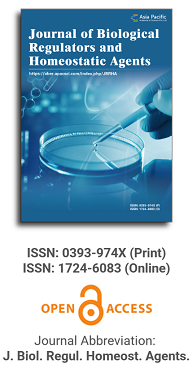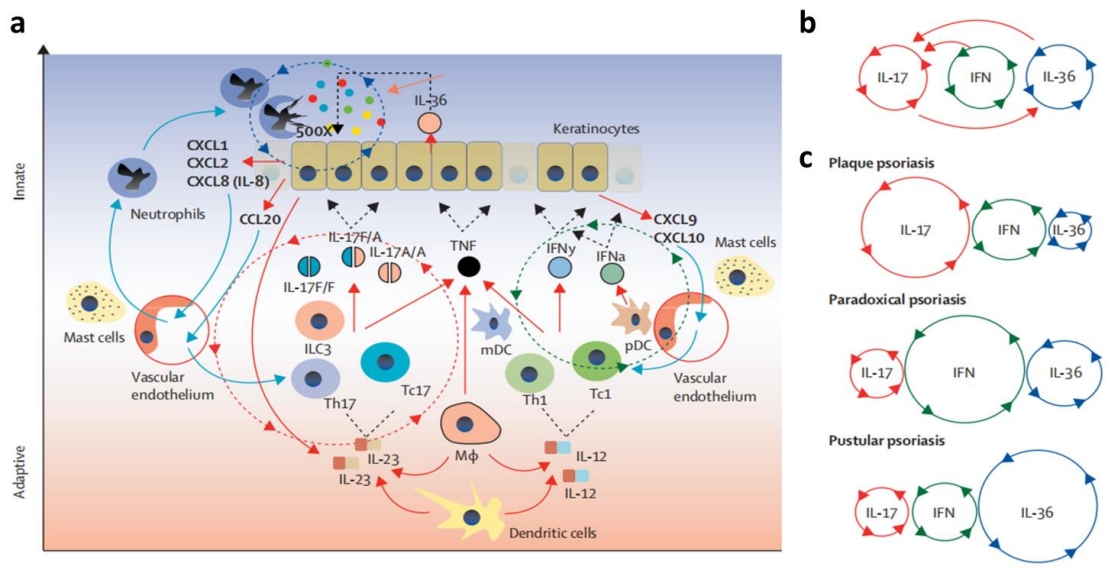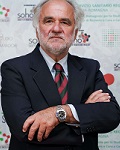
Publication Frequency
Quarterly since 2025
Journal Articles
Search
Search scope
Journal Center
Asia Pacific Academy of Science Pte. Ltd. (APACSCI) specializes in international journal publishing. APACSCI adopts the open access publishing model and provides an important communication bridge for academic groups whose interest fields include engineering, technology, medicine, computer, mathematics, agriculture and forestry, and environment.
Volume Arrangement
2025
Featured Articles

Psoriasis is a common, chronic, and inflammatory skin disease. Macrophages account for about 61.3% of the inflammatory cells infiltrating psoriatic lesions. Modulating macrophage polarization, inhibiting their infiltration, and targeting the secretion of inflammatory factors and associated inflammatory pathways by these cells can alleviate psoriasis symptoms and inflammation. Moreover, nanomaterials as novel drug carriers, offer unique advantages such as large surface area, easy modification, high biocompatibility, good biodegradability, enhanced systemic adsorption, etc. Nanomaterials have great potential for efficient drug delivery and release, as well as improving therapeutic efficacy while reducing adverse effects. By systematically addressing the role of macrophages in psoriasis pathogenesis and the potential of nanomaterials in treating psoriasis through modulating macrophages, this review enhances our understanding of the disease mechanism and holds promise for novel therapeutic breakthroughs and advancements in the future treatment of psoriasis.
The Transcription Factor ELK1 Promotes EsophagealSquamous Cell Carcinoma Progression by Activating theCDK4/Wnt/β-catenin Pathway
Article ID: 3519
Vol 39, Issue 1, 2025
DOI: https://doi.org/10.23812/j.biol.regul.homeost.agents.20253901.5
Vol 39, Issue 1, 2025
Received: 17 October 2022; Accepted: 29 January 2023; Available online: 16 January 2025; Issue release: 31 January 2025
Download PDF
Abstract
Objective: To explore the biological functions and the mechanisms of ETS transcription factor ELK1 (ELK1) in esophageal
squamous cell carcinoma (ESCC) cells.
Methods: ELK1 expression in ESCC samples/cells was analyzed by the UALCAN database. ELK1 mRNA expression in ESCC
tissue samples and cells was detected utilizing quantitative real-time PCR. Cell counting kit-8 method, BrdU assay and Transwell
assays were employed for examining ESCC cell proliferation, migration, and invasion. The PROMO database was adopted to
predict the binding sites of ELK1 and the cyclin-dependent kinase 4 (CDK4) promoter region. The binding status of ELK1 and
CDK4 was predicted and verified by dual-luciferase reporter gene assay and chromatin co-immunoprecipitation qPCR assay.
The effect of ELK1 on CDK4 expression was examined via western blot. The possibly related signaling pathways to CDK4 were
predicted by the gene set enrichment analysis in the LinkedOmics database.
Results: In ESCC tissues and cells, ELK1 was up-regulated and was associated with short survival of patients. Upregulating
ELK1 promoted malignant phenotypes of ESCC cells; ELK1 knockdown exerted the opposite effect. ELK1 bound to the CDK4
promoter region; ELK1 overexpression facilitated CDK4 expression, whereas ELK1 knockdown inhibited CDK4 expression.
CDK4 is enriched in the Wnt signaling pathway, and ELK1 overexpression boosted β-catenin expression.
Conclusion: ELK1 promotes of CDK4 transcription, and activates Wnt/β-catenin pathway, thereby facilitating the ESCC malignant progression.
Keywords
ELK1; CDK4; ESCC; proliferation; migration; invasion
References
Supporting Agencies
Copyright (c) 2025 Na Zhan,Liping Zou,Qin Du

This site is licensed under a Creative Commons Attribution 4.0 International License (CC BY 4.0).
Editor-in-Chief

Medical Genetics, University of Torino Medical School, Italy
Co-Editor-in-Chief

Department of Biomedical, Surgical and Dental Sciences, University of Milan, Italy
Indexing & Archiving
News & Announcements
2025-02-01
In addition to the first issue that has already been published by the original publisher, there will be four more issues released this year, with scheduled publication dates in March, June, September, and December respectively.
2025-01-21
Starting from Volume 39 Issue 2 (2025), the ownership of Journal of Biological Regulators and Homeostatic Agents (ISSN: 0393-974X (P); 1724-6083 (O)) will be transferred from Biolife Sas to Asia Pacific Academy of Science Pte. Ltd. As of 21 January 2025, authors should make submissions to the new journal system and follow the author guidelines. Asia Pacific Academy of Science Pte. Ltd. will take over the publication of manuscripts being processed.

